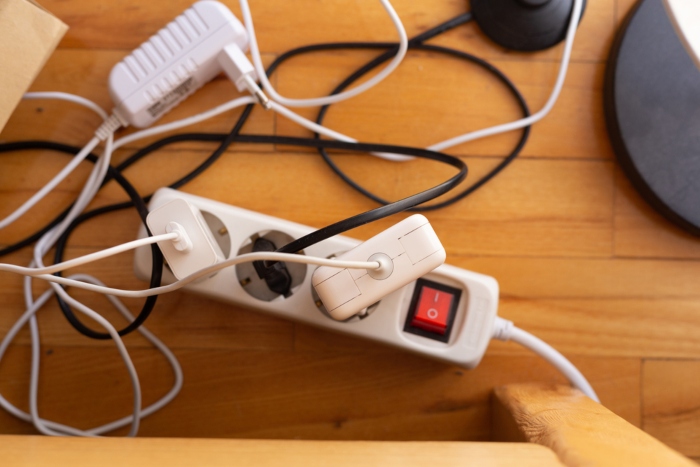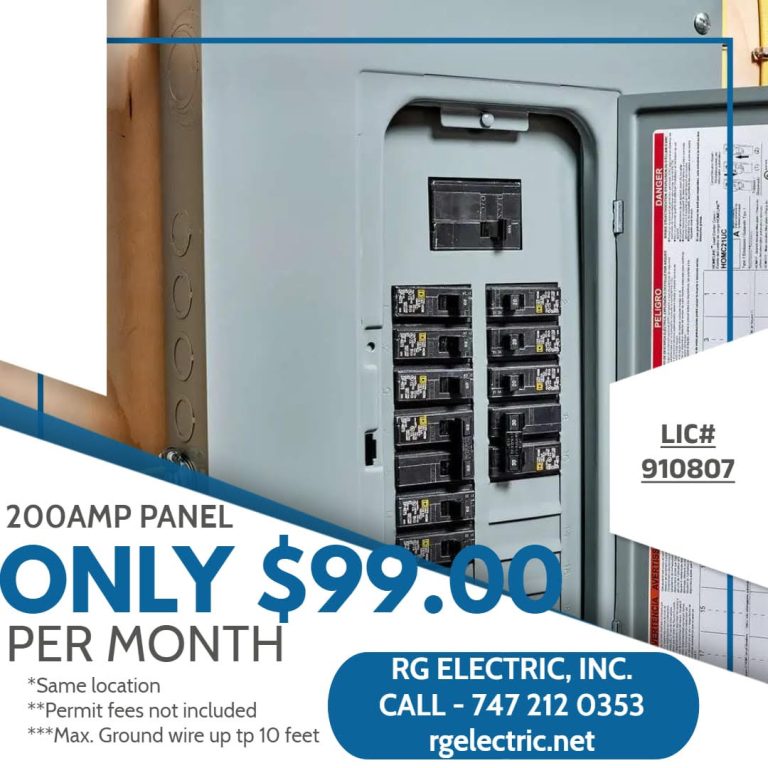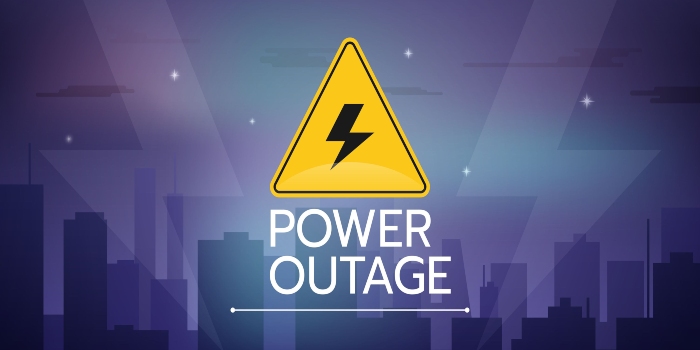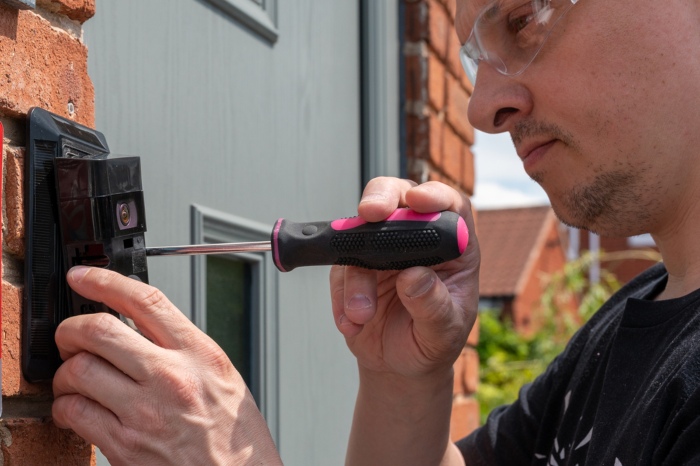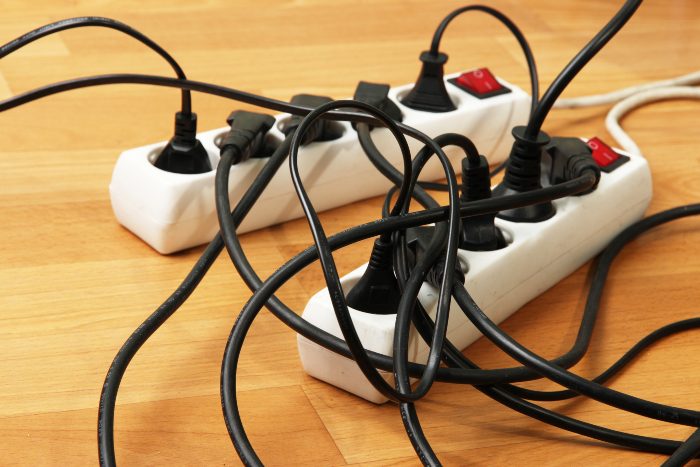
How to avoid an electrical overload
A typical electrical circuit has a fuse or breaker, wiring, and electrical devices plugged into the circuit outlet. An electrical overload may occur if your electrical device draws more power than the total power capacity of the circuit. When you have an overload electrical circuit, the breaker may trip and automatically shut off the power transmission to the circuit. RG Electric has provided the following helpful tips to avoid an electrical overload.
- Do not connect several devices to a single circuit
Often, you may not know that you have an overload electric circuit until the breaker trips off. Connecting too many devices into a single circuit may cause an overload. Every circuit has a maximum power it can carry, and there is a higher chance of exceeding this wattage capacity if you plug in too many devices at a time on the same circuit.
- Identify a possible overload before it occurs.
One sure way to prevent an electrical overload is to identify a possible overload before it occurs. A circuit with a 15-amps rating has a maximum power of 1,800 watts, while a 20-amp electric circuit may not support a load above 2,400 watts. When you connect several devices to a single circuit, try to identify any equipment with more than half the total power capacity of the circuit and make necessary adjustments.
- Invest in appliances that use less energy
To avoid an electrical overload, it is advisable to invest in energy saver appliances since they help reduce the power loaded into an electrical circuit. Energy saver appliances also reduce your energy consumption and bill. They are also more eco-friendly since they reduce the dependence on power produced from petrol and other energy sources.
- Unplug major appliances that drain energy
There are specific appliances that consume more power. It is best to identify these devices and ensure they are switched off when not in use. Although most people do like to switch or unplug high energy-draining items like their refrigerators, you can switch off your televisions, toasters, kettles, and computers from the wall when you are not making use of them.
Aside from helping you save power, switching off these idle devices helps to increase their longevity.
- Consider rewiring your home.
Some older homes do not have circuits that can withstand high power from appliances compared to modern homes. If you notice that your home’s electrical circuits cannot withstand the current electrical demands, it is best to consider rewiring your home. You can hire a professional and licensed electrician to rewire your house and replace old electrical circuits with ones that have a higher load limit.
Why you should know the power rating of your home appliances
Most people are unaware of how much power their different home appliances utilize. Knowing the minimum load of each piece of equipment can help you avoid overloading your electrical circuits. It is also critical to have dedicated circuits for specific appliances due to their heavy loads. Appliances like laundry equipment, microwave, or furnace should have individual circuits to avoid overloading one circuit.
Here are some common appliances and their power range
- Microwave use between 700 to 1400 watts of power
- Hairdryers use between 300 to 1200 watts
- A toaster oven may consume 1400 watts
- A typical refrigerator may consume 700 watts
- Clothes washer may use up to 1,150 watts
- A dishwasher may utilize about 1400 watts.
What are the signs that you may have an electrical overload circuit?
Several signs may indicate that your electrical circuit may be overloaded part from the usual tripping of the fuse and shutting down of power to the circuit. Here are some signs to diagnose an electrical circuit overload:
- The outlet of your circuit is hot when touched
When you touch the plastic coating of your electrical circuit, and it feels hot, or you notice signs of melting on the surface, it may be a sign that the circuit is overloaded.
- Your appliances do not have sufficient power.
Sometimes your appliance may have the power light on, but it is not powering. A faulty or overloaded circuit may cause such occurrence.
- Buzzing or humming sounds
There are times you may hear a buzzing or humming sound when your electrical circuit is working. Such sounds may be a sign of a overload electrical circuit.
- Burning smell
One way to diagnose an overloaded circuit is to perceive a burning smell coming from the circuit.
- Smoking outlets
A smoking electrical circuit outlet may also signify that your electrical circuit is carrying more than the required load.
Call RG Electric in Los Angeles to help resolve your electrical issues
An electrical overload circuit may damage your equipment circuit and cause more severe issues if not identified. If your home wiring has circuits with a low power limit, you can call RG Electric for home rewiring and fixing any electrical issues in your home.


 Call (323) 5215131
Call (323) 5215131



